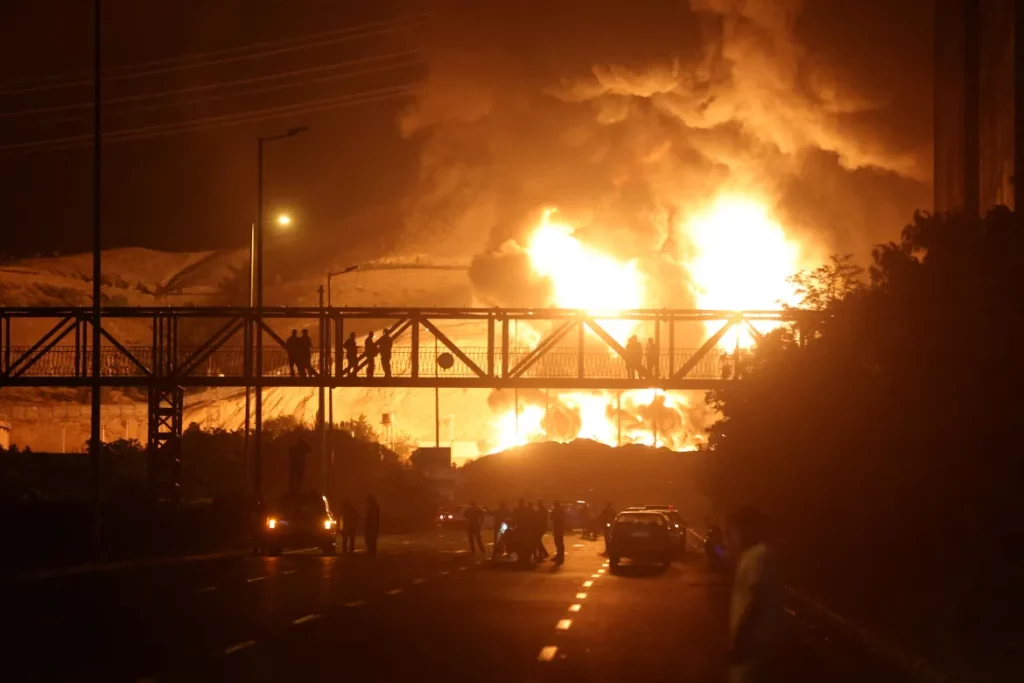Today, Iran launched more attacks on Israel in retaliation to Israeli attacks that began mid-last week. Israeli attacks killed more than 220 people in Iran, including 70 women and children.
United States President Donald Trump claimed that the US were not aware of the attacks, and warned of potential US intervention.
In Gaza, Israel’s genocide campaign has continued with at least 55,362 people killed and 128,741 wounded according to the Ministry of Health in Gaza.
Internationally, thousands continue to rattle in support of Palestinian’s rights. Nearly 150,000 people in the Netherlands attended the “red line” protest in The Hague on Sunday, calling for their government to do more against the war in Gaza. In Brussels, 110,000 demonstrators gathered, amounting to more than 1/100 of the population in Belgium.
The War’s Longevity
The question on how long the exchanges between Israel and Iran will last depends on a multiplicity of factors.
First, while Israel has disproportionately superior supplies of arms, technology and surveillance against non-state armed groups in the region which allowed it to go “the long route” in its different attacks, Iran might present a different case in terms of longevity. On one hand, Iran’s geographical size allows for much larger territorial maneuvering. On the other, the country possesses much more advanced weaponry and supply than groups such as Hezbollah in Lebanon, delaying the arrival of the phase of attrition.
Second, the ability of Iranian attacks to degrade Israel’s Iron Dome system has signaled high vulnerability in Israel’s defense systems. This then presents additional pressures on Israeli authorities on how much damage they can withstand before striking a ceasefire deal, or before popular pressure mounts significantly. On a counter note, Israel’s war with Iran could also boast popular support, given that it relates to historical exchanges with the regime in Iran and fights with its proxies in the region. From the perspective of Israeli voters, this could appear as dealing with one of the main “worries” in the region.
Third, the longevity of the exchanges also depend on the degree of involvement of other actors, mainly the US and Israeli allies. These actors have continued to support Israel throughout the last several years and even decades, even during Israel’s current genocidal campaign, but their degree of involvement is likely to play a pivotal role in how the current exchanges turn out.
Fourth, the endurance of Iran and Israel will also depend on their ability to showcase a position of strength that would allow them to negotiate from a point of strength, not weakness, in eventual (or lack thereof) dealmaking dynamics.
Fifth, an important factor remains the economic and material impacts of the exchanges. Both parties have been striking vital facilities and laboratories, whereas related sectors such as tourism and commercial activities have also likely been highly impacted.
In Lebanon, Israeli drones continue to hover over Lebanese territories amid concerns of further regionalization of the war and the involvement of the country in another round of fighting, as well as the potential of it being hit collaterally given the strong aerial nature of the Israeli-Iranian exchanges.
